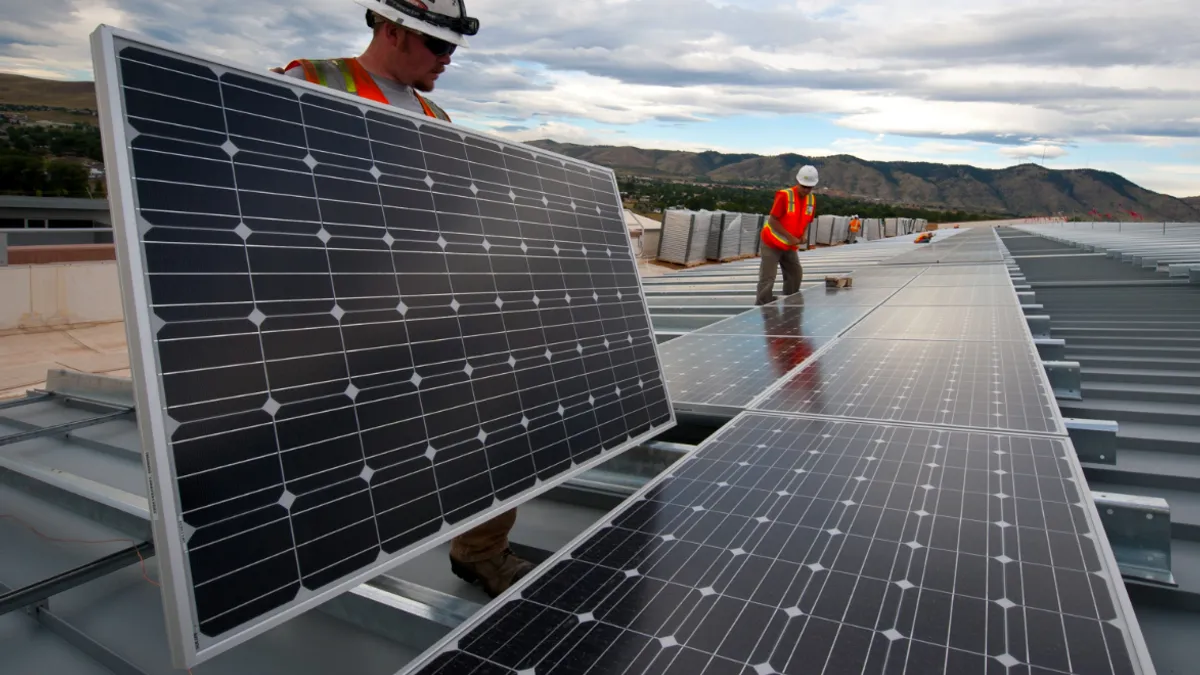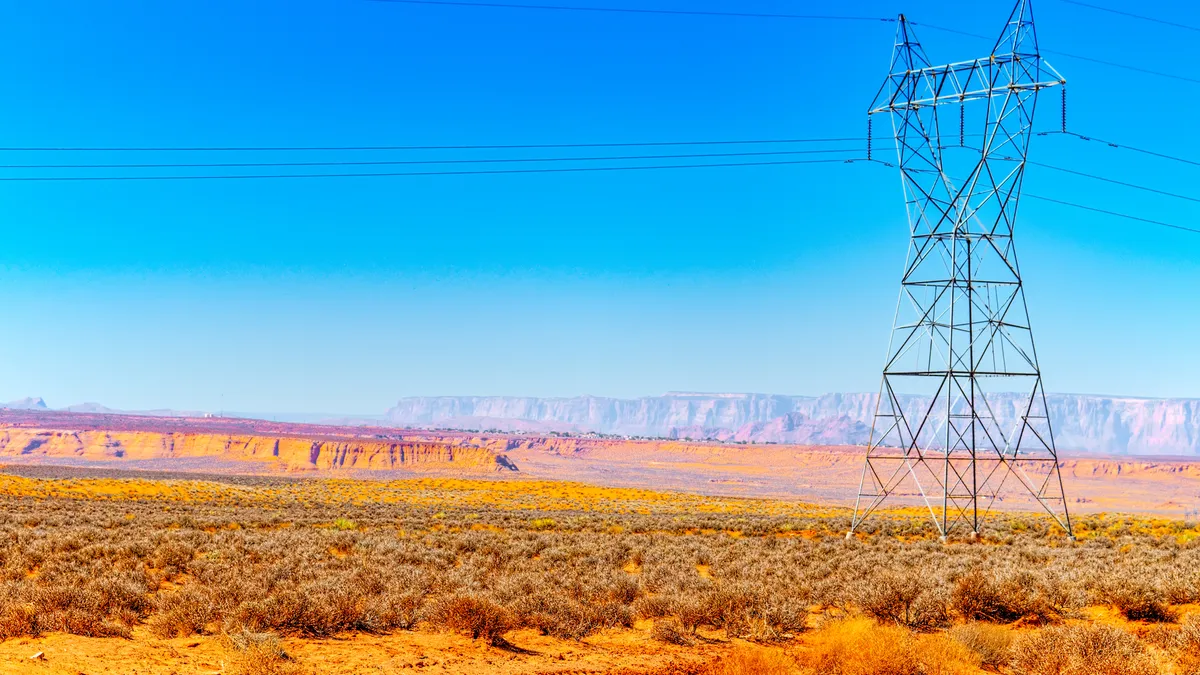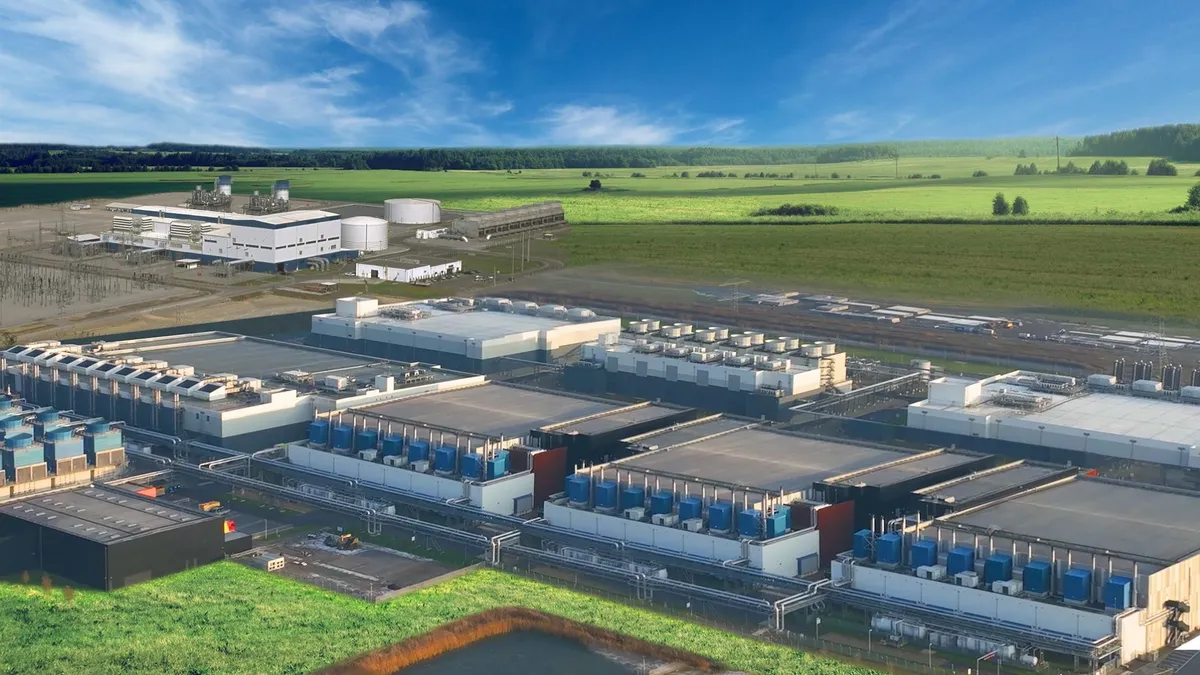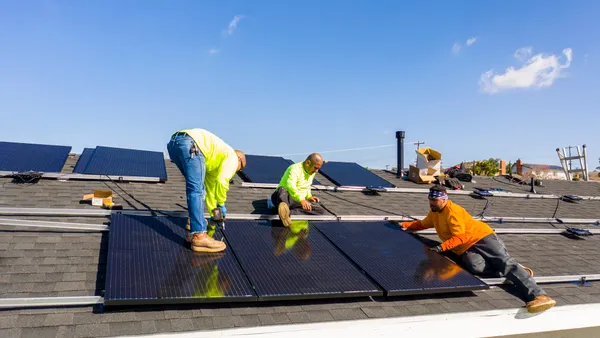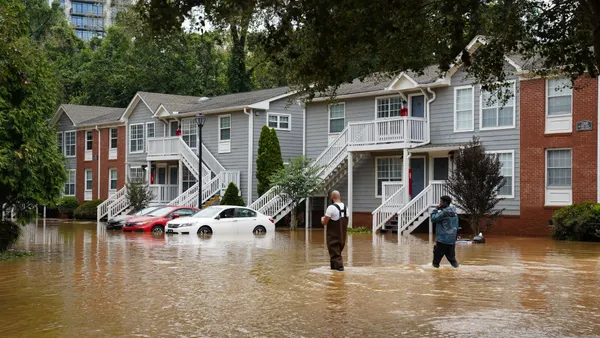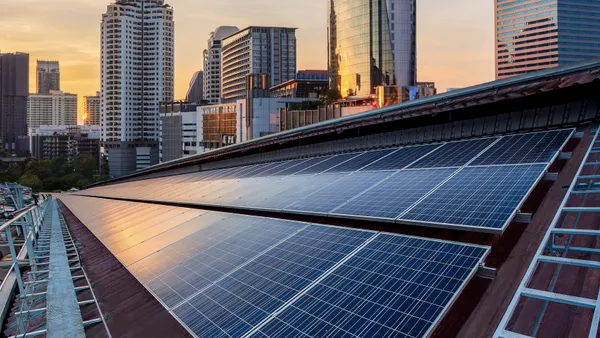Power storage remains expensive, making it difficult to cost effectively store power for use when the sun does not shine or the wind does not blow. However, this oft repeated statement does not represent the full picture because not all storage is created equal. While battery storage is seeing rapidly increasing deployment, it is not yet a cost effective solution for storing and discharging large amounts of power for longer time horizons. However, there are effective bulk storage solutions available today that can help address the grid challenges being created by increasing amounts of renewable generation.
New challenges are emerging for system operators, resulting from the addition of significant amounts of renewable generation—particularly solar generation—to the U.S. power grids. Perhaps the most significant challenge is related to what is referred to as the “Duck Curve,” a graph of net power demand over the course of a day that shows the timing imbalance between peak demand and renewable energy production. System operators must balance the surge of daytime solar generation with the corresponding lower daytime demand, followed by the rapid decline of solar generation and rapid climb of system demand during the early evening hours. Visually, a graph of this problem looks somewhat like a duck—hence the common term for it–the Duck Curve.
CAISO’s Hourly System Demand on May 3, 2017
It is well recognized that the Duck Curve presents an opportunity for the grid to utilize energy storage. System operators need to maintain many fossil-fueled power plants online at minimum operating levels during the day because they will be needed rapidly during the evening demand ramp. Thus, during daytime periods of low demand, operators are being forced to curtail (or limit the production of) increasing amounts of power, the bulk of it being solar generation.
In theory, it makes sense to store energy that may otherwise be wasted due to necessary curtailments, but in practice, it is not that simple.
There has been much focus as of late on the increasing deployment of battery storage, and with good reason. Batteries are rapidly increasing their performance capabilities, while at the same time decreasing their cost profile. They are particularly well suited for rapid switching between charging and discharging on a minute to minute basis, making battery storage an ideal technology for providing regulation services, as well as peak demand reduction for individual customers.
However, batteries are less well suited to help solve the challenge of the Duck Curve. A primary reason for this is the discharge profile of batteries. Battery discharge is a trade-off between the amount of instantaneous discharge, measured in megawatts (MW), versus the amount of sustained discharge, measured in megawatt-hours (MWh). Current battery technology is not ideal for large, sustained discharges such as 100’s of MWs for four to six hours—yet this is exactly what is needed to address the Duck Curve. The California Independent System Operator (CAISO) has indicated that by 2020 it may need up to 13,000 MW of fast ramping generation to offset load—all within approximately three hours—as solar generation drops off in the late afternoon and evening.
At this point in the evolution of battery technologies, that level of sustained discharge, while technically possible, is simply far too expensive to implement. However, there are many overlooked energy storage technologies that are currently able to address this issue. The question should not focus on when batteries will be able to address this challenge, but rather, on the types of storage that are best suited to help flatten the Duck Curve.
This points to bulk storage as an ideal solution for the problem. While unlikely to be promoted by Elon Musk in a Tesla showroom, pumped hydro storage may be the most ideal technology, as it is a long tested, mature technology with widely understood costs and operating parameters. It is well suited for large, sustained discharges of energy via pumping water during low cost periods (i.e., solar overgeneration periods) and releasing the water through hydro turbines when needed. The size and duration of the discharge is limited only by the size of the reservoirs.
For example, California’s largest pumped hydro facility, the Helms Pumped Storage plant, can generate up to 1,200 MW for over 10 hours straight. Additional bulk storage options include compressed air storage generation, which uses low cost energy to pump compressed air into storage caverns, then releasing it through turbines to generate electricity. However, compressed air storage is in its infancy, with only two operating facilities in the world.
California currently deals with the largest Duck Curve and it has taken the lead in looking at bulk storage as an option. Last year, the California Energy Commission’s Staff released a report outlining stakeholder comments on the potential for bulk storage in California. Additionally, California passed Assembly Bill 33, which explicitly directs the California Public Utilities Commission and the California Energy Commission to further study the potential for all types of long-duration bulk energy storage resources to help integrate renewable generation into the electrical grid. If California Senate leader Kevin de León’s proposed Senate Bill 584 moves forward—which calls for 100% clean energy in California—bulk storage will be a needed part of the solution.
The desire for clean, renewable energy is increasingly being met by wind and solar generation at increasingly lower costs. However, the nature of those resources are challenging system operators to find ways to match the timing of that generation with the timing of electricity demands. Batteries are making great progress toward providing low cost energy storage. But, until they become more capable of providing large amounts of sustained discharges at affordable prices, bulk storage facilities are the best suited technologies for solving the Duck Curve.

